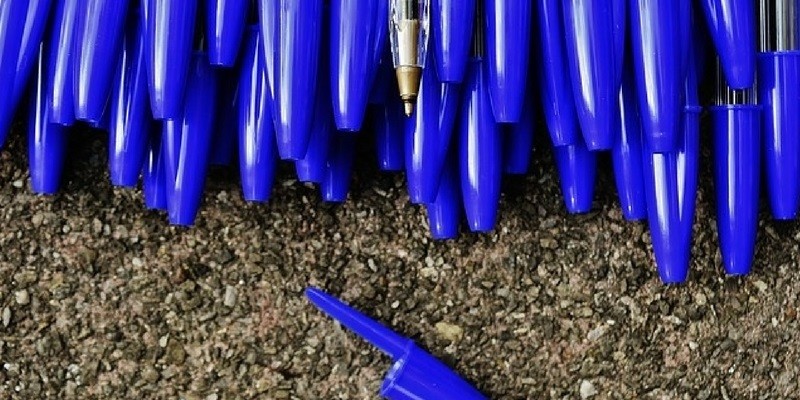Auctions are a pillar of procurement. There is a wide variety of auctions that are used in procurement and each is slightly different or run with slightly different rules. While a very common option in procurement is the reverse auction; another type of auction growing in popularity is the dutch auction.
A reverse auction is one in which the buyer offers a contract for needed goods or services and the vendors then compete for the contract by offering lower and lower bids until the contract is awarded at the best price for the buyer. This is similar to a traditional auction, only the role of the buyer and seller are reversed.
In other words, a reverse auction example might be one in which a government issues a public tender accepting bids on a certain good or service that they require. The reverse auction can be a really strong procurement tool and is often run by reverse auction software. The reason the reverse auction can be such a strong tool for procurement teams is that it can lead to a heaping of savings in the long run by ensuring that your company is paying the fairest price for the goods or services sourced.
Two Types of Dutch Auction
Dutch auctions are quite different from reverse auctions. For starters, they’re usually run by the seller, not the buyer. Another thing to note about the term dutch auction is that it actually refers to two variants of an auction variety; and while they are similar, there are some distinct differences that should be mentioned.
First-Bid-Wins
Both of the dutch auction variants are run by the seller. A predetermined reserve price is set by the seller before the auction starts so as to ensure against value-loss. Then, at the beginning of the auction, the price starts at the highest possible buying-point. From there, the price systematically drops until a buyer accepts the price. The first bidder is the winner of the dutch auction – presuming that the price hadn’t dipped below the reserve price.
This is the more traditional of the dutch auction varieties and is less competitive than what we consider traditional auctions where buyers bid against each other until the highest price wins.
Dutch Auction Batching
The second type of dutch auction is a market structure type of auction. This is where the price of a good or service that’s being offered is only set after the seller sees all of the bids submitted. The price-point with the highest number of bidders determines the price of the entire bundle or batch of goods and services being offered.
In other words, this type of dutch auction uses the bidding-phase to determine the fair-market-value of the goods or services which is then applied to the entire amount of the offering.
A Quick Summary
Procurement professionals need to be aware of and knowledgeable on a wide variety of auction types. While one of the most common auction types seen and used in procurement is the reverse auction, there will be times and opportunities that call for alternative auction methods.
Understanding the differences between reverse auctions, and the dutch auction varieties will better equip your procurement staff to find the best deals, strongest contracts, and most reliable suppliers. All while reducing procurement costs and improving efficiency.
Final Thoughts on Auctions
Auctions are an important part of your procurement strategy. As is a strong and comprehensive procurement software, as well as a knowledgeable team and invested management. Procurement is an integrated department in any business or organization and simply cannot be neglected.
Procurement professionals are tasked with keeping the entire organization running smoothly. From production and operations to keep the staff equipped with the materials that they need, all while navigating the marketplace and finding the best cost-savings on goods and materials out there. Dedicating resources and energy to your procurement strategy is a must in today’s business world.
For more information on dutch auctions, procurement best practices, or anything procurement – visit ProcurePort. ProcurePort is the internet’s premier place for everything and anything procurement.










